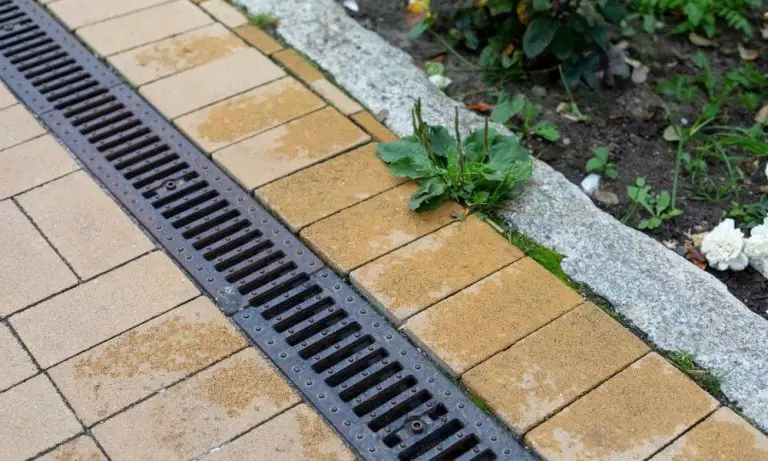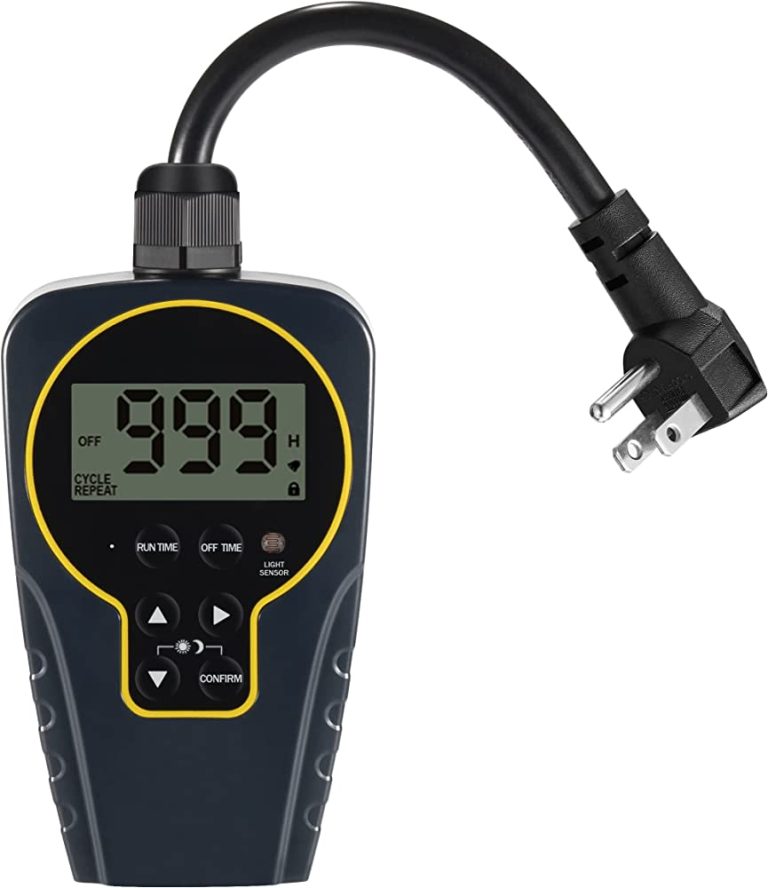How to Insulate Tent Walls
When camping in cold weather, one of the most important things you can do is insulate your tent walls. This will help keep you warm and dry inside your tent and prevent condensation from forming on the walls. There are a few different ways to insulate your tent walls, and each has its own advantages and disadvantages.
In this article, we will discuss some of the most popular methods for insulating tent walls.
- Decide which walls of the tent you want to insulate
- The most common areas to insulate are the top and sides of the tent
- Choose your insulation material
- Some popular choices include Reflectix, bubble wrap, or even old blankets or quilts
- Cut the insulation material to size using scissors or a knife
- Make sure it is slightly smaller than the wall of the tent so that it can fit snugly against the fabric
- Tape the insulation in place using duct tape, making sure that all seams are well sealed
- If you are using multiple pieces of insulation, overlap them slightly so that there are no gaps
- Hang any blankets or quilts over the insulated walls for added warmth and privacy
Tent Insulation Kit
Most people think of tents as temporary and flimsy structures, but with the right insulation, a tent can be a comfortable and cozy space. A tent insulation kit is an easy way to add some extra warmth to your shelter. There are a few different types of insulation kits on the market, but they all work by creating an insulating barrier between you and the cold ground.
Some kits come with inflatable mattresses that have built-in insulation, while others include blankets or sleeping bags that can be used to line the inside of your tent. No matter which type of kit you choose, adding some extra insulation will help you stay warm and dry in even the coldest conditions. So if you’re planning on spending any time in the great outdoors this winter, be sure to pack a tent insulation kit!
How Can I Insulate My Tent for Cheap?
One of the best ways to insulate your tent is to use a tarp. Tarps are great for keeping the heat in and the cold out, and they’re also relatively cheap. You can usually find them for under $20.
Another way to insulate your tent is to use blankets or sleeping bags. This is a great option if you’re camping in a colder climate and need extra warmth. Simply drape the blankets over your sleeping bags or place them underneath you.
This will add an extra layer of insulation and keep you warm throughout the night.
How Do You Insulate a Tent from the Inside?
There are a few ways that you can insulate your tent from the inside and make it more comfortable to sleep in. One way is to use a sleeping bag liner. This is a thin, lightweight sheet that goes inside your sleeping bag and helps to keep you warm.
Another way to insulate your tent from the inside is to use a space blanket. This is a thin, reflective sheet that you can put on the floor of your tent or on top of your sleeping bag. It will help to reflect heat back up towards you and keep you warm.
Finally, you can also use extra blankets or clothing items to insulate your tent from the inside. Just put them around the perimeter of your sleeping area or underneath your sleeping bag. This will help to create an extra layer of insulation and make it more difficult for heat to escape.
How Do You Winterize a Wall Tent?
Assuming you have a canvas wall tent, there are a few things you can do to winterize it. First, make sure the roof is in good condition and that there are no holes or tears. If there are, patch them up with some canvas or tarp tape.
Next, treat the roof with a waterproofing spray like Scotchgard or Nikwax. This will help keep snow and rain from seeping through. The next thing to do is reinforce the floor of your tent.
You can do this by either putting down a tarp or an extra layer of canvas. This will help keep the cold and moisture from coming up through the ground and into your sleeping area. Another way to winterize your floor is to put down some insulation, like a foam mat or carpet remnant.
This will add an extra layer of warmth between you and the cold ground. Finally, make sure all your seams are sealed tight. Use seam sealer on any areas that look like they might be prone to leaking, such as around zipper openings or where two pieces of fabric meet.
By taking these steps, you can help ensure that your wall tent will be able to withstand whatever winter throws its way!
How Can I Make My Tent Better in Cold Weather?
Assuming you are looking for ways to keep yourself warmer in your tent during cold weather:
1. Use a groundsheet – this will help to insulate your tent from the cold ground.
2. Invest in a good quality sleeping bag – make sure it is rated for cold weather camping.
3. Wear warm clothing inside your sleeping bag – layers are key!
4. Use a hot water bottle or electric blanket to preheat your sleeping bag before getting in.
5. Make sure your tent is well-ventilated – condensation can make things colder inside your tent so allow for some airflow.
-30 Degrees Celcius – How We Insulate Our Canvas Tent For Winter!
Conclusion
If you camp in cold weather, you know how important it is to have a well-insulated tent. Most tents are not very well insulated, so you may want to consider adding some insulation to your tent walls. There are a few different ways that you can insulate your tent walls.
One way is to use Reflectix. This is a product that reflects heat back into the tent, and it works well in both hot and cold weather. Another way to insulate your tent walls is to use a tarp.
Tarps are great for keeping the heat in, but they can be a bit heavy and bulky. If you don’t mind carrying a little extra weight, a tarp is a great option for keeping your tent warm. Finally, you can also use blankets or sleeping bags to insulate your tent walls.
This is probably the easiest and cheapest option, but it’s not always the most effective. Whichever method you choose, make sure that you add some insulation to your tent walls before heading out into the cold!






